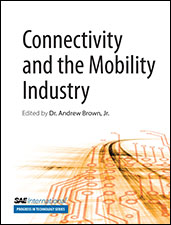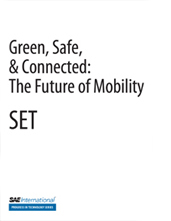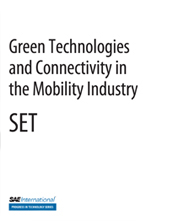Technical Paper
Low Pressure Cooled EGR Transient Estimation and Measurement for an Turbocharged SI Engine
2016-04-05
2016-01-0618
Low Pressure Cooled Exhaust Gas Recirculation (LP EGR) is an attractive technology to reduce fuel consumption for a spark-ignition (SI) engine, particularly at medium-to-high load conditions, due to its knock suppression and combustion cooling effects. However, the long LP EGR transport path presents a significant challenge to the transient control of LP EGR for the engine management system. With a turbocharged engine, this is especially challenging due to the much longer intake induction system path compared with a naturally aspirated engine. Characterizing and modeling the EGR, intake air mixing and transport delay behavior is important for proper control. The model of the intake air path includes the compressor, intercooler and intake plenum. It is important to estimate and track the final EGR concentration at the intake plenum location, as it plays a key role in combustion control. This paper describes the development of a real-time, implementable model for LP EGR estimation.







